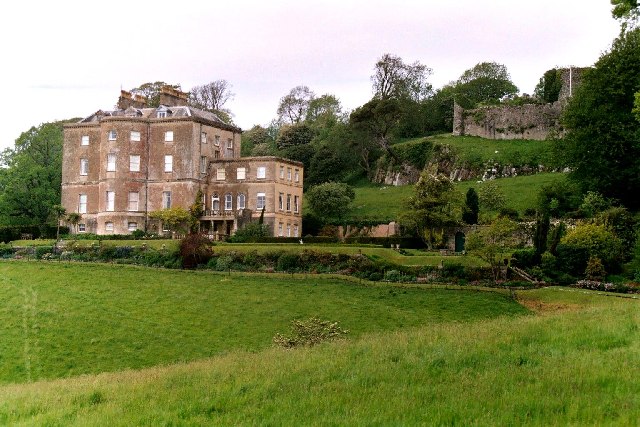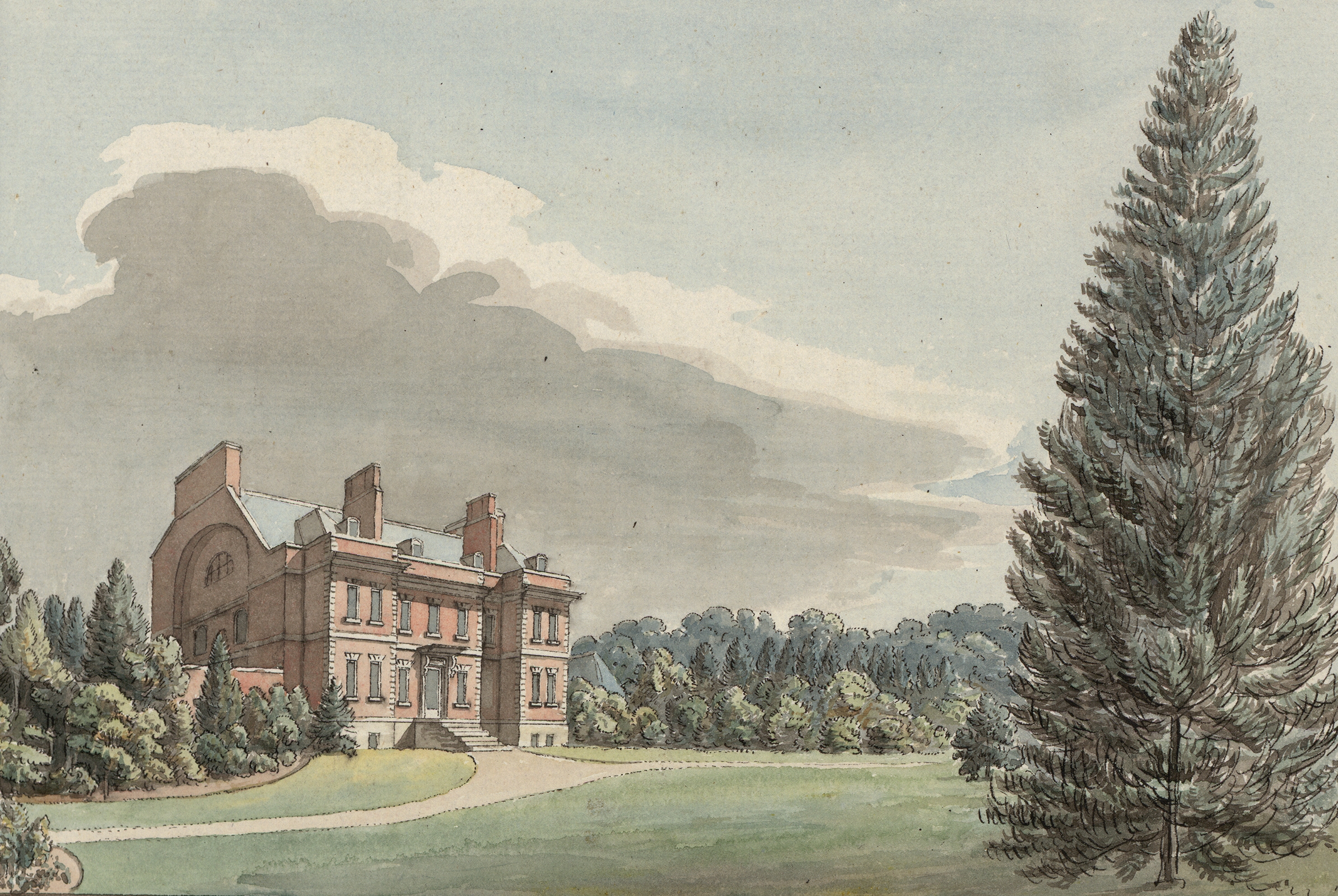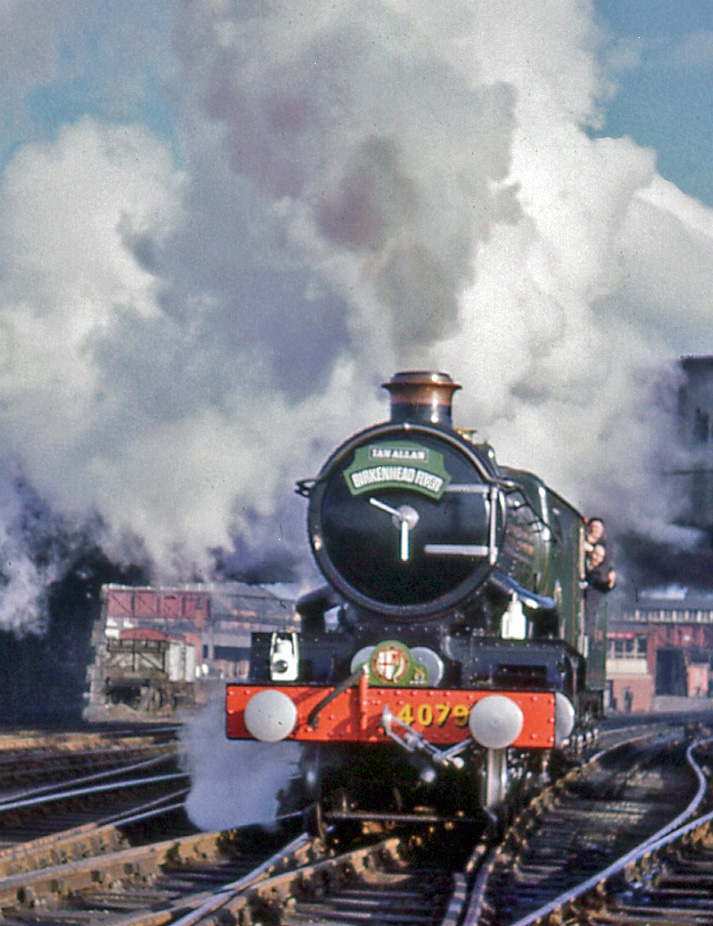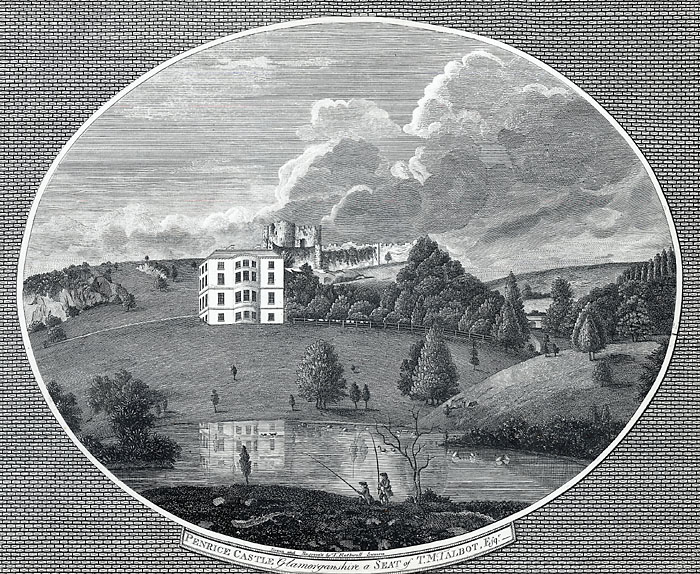|
Penrice Castle
Penrice Castle ( cy, Castell Pen-rhys) is a 13th-century castle near Penrice, Swansea on the Gower Peninsula, Wales. Nearby is a neo-classical mansion house built in the 1770s. The mansion is a Grade I listed building and the surrounding gardens and park is also listed at Grade I on the Cadw/ICOMOS Register of Parks and Gardens of Special Historic Interest in Wales. History Penrice Castle is the 13th-century successor to a strong ringwork to the south east, known as the Mountybank. It was built by the de Penrice family, who were given land there for their part in the Norman conquest of Gower. The last de Penrice married a Mansel in 1410 and the castle and its lands passed to the Mansel family. The Mansels later bought Margam Abbey and made it their main seat, while retaining their Gower lands. The castle was damaged in the 17th-century English Civil War. The stone castle is a large, irregular hexagon with a round keep on the west side, to which were attached two other towers and ... [...More Info...] [...Related Items...] OR: [Wikipedia] [Google] [Baidu] |
Penrice Castle, Gower, Sth , author of a glossary of the Quran (1873)
{{disambig, geo ...
Penrice may refer to: *Penrice, South Australia, a small town in the Barossa Valley in Australia * Penrice, Swansea, a community in Wales *Penrice Castle, near Penrice, Swansea *Penrice Community College, a comprehensive school in St Austell, Cornwall * Penrice Soda Products, in South Australia *Gary Penrice, English former footballer * James Penrice, Scottish footballer *Major John Penrice Major John Penrice (Great Yarmouth, 5 December 1818 – 1892) was a British soldier, photographer, and the author of an English glossary of the Quran (1873) based on the edition of Gustav Leberecht Flügel (1834). His father John Penrice Sr. (1 ... [...More Info...] [...Related Items...] OR: [Wikipedia] [Google] [Baidu] |
William Emes
William Emes (1729 or 1730–13 March 1803) was an English landscape gardener. Biography Details of his early life are not known but in 1756 he was appointed head gardener to Sir Nathaniel Curzon at Kedleston Hall, Derbyshire. He left this post in 1760 when Robert Adam was given responsibility for the entire management of the grounds. During his time at Kedleston he had started to alter the earlier formal nature of the park and had constructed the upper lake. Also during this time he married Mary Innocent, who was his servant and the daughter of a tailor. Together they had five sons and three daughters.Goodway, K "Emes, William (1729/30–1803)", rev., ''Oxford Dictionary of National Biography'', Oxford University Press, 2004accessed 30 January 2007/ref> His son John Emes who was born in 1762 was a successful engraver and silversmith. After leaving Kedleston he moved to live in Bowbridge House, (Not Bowbridge Fields farm as previously thought) Mackworth. This was later the h ... [...More Info...] [...Related Items...] OR: [Wikipedia] [Google] [Baidu] |
Castles In Swansea
A castle is a type of fortified structure built during the Middle Ages predominantly by the nobility or royalty and by military orders. Scholars debate the scope of the word ''castle'', but usually consider it to be the private fortified residence of a lord or noble. This is distinct from a palace, which is not fortified; from a fortress, which was not always a residence for royalty or nobility; from a ''pleasance'' which was a walled-in residence for nobility, but not adequately fortified; and from a fortified settlement, which was a public defence – though there are many similarities among these types of construction. Use of the term has varied over time and has also been applied to structures such as hill forts and 19th-20th century homes built to resemble castles. Over the approximately 900 years when genuine castles were built, they took on a great many forms with many different features, although some, such as curtain walls, arrowslits, and portcullises, were ... [...More Info...] [...Related Items...] OR: [Wikipedia] [Google] [Baidu] |
Great Western Railway
The Great Western Railway (GWR) was a British railway company that linked London London is the capital and List of urban areas in the United Kingdom, largest city of England and the United Kingdom, with a population of just under 9 million. It stands on the River Thames in south-east England at the head of a estuary dow ... with the southwest, west and West Midlands (region), West Midlands of England and most of Wales. It was founded in 1833, received its enabling Act of Parliament on 31 August 1835 and ran its first trains in 1838 with the initial route completed between London and Bristol in 1841. It was engineered by Isambard Kingdom Brunel, who chose a broad gauge of —later slightly widened to —but, from 1854, a series of Consolidation (business), amalgamations saw it also operate Standard gauge, standard-gauge trains; the last broad-gauge services were operated in 1892. The GWR was the only company to keep its identity through the Railways Act 1921, which ama ... [...More Info...] [...Related Items...] OR: [Wikipedia] [Google] [Baidu] |
List Of GWR 4073 Class Locomotives
Below is a list of all 171 GWR Castle Class The 4073 or Castle Class are 4-6-0 steam locomotives of the Great Western Railway, built between 1923 and 1950. They were designed by the railway's Chief Mechanical Engineer, Charles Collett, for working the company's express passenger trains. ... engines, built between August 1923 and August 1950. Fleet details References * * {{GWR Castle Class List of GWR 4073 Class Gwr 4073 Class Locomotives ... [...More Info...] [...Related Items...] OR: [Wikipedia] [Google] [Baidu] |
GWR 4073 Class
The 4073 or Castle Class are 4-6-0 steam locomotives of the Great Western Railway, built between 1923 and 1950. They were designed by the railway's Chief Mechanical Engineer, Charles Collett, for working the company's express passenger trains. They could reach speeds of up to . Background The origins of this highly successful design date back to the Star Class of 1907 which introduced the basic 4-cylinder 4-6-0 layout with long-travel valves and Belpaire firebox that was to become characteristic of Great Western Railway (GWR) express passenger locomotives. The Star class was designed to take the top express trains on the GWR, with 61 in service by 1914, but after World War I there was a need for an improved design. To meet this need, Chief Mechanical Engineer George Churchward had in mind an enlarged Star class design with a standard No.7 boiler, as fitted to his GWR 4700 Class express freight 2-8-0. However, this combination would have taken the axle load over the 20-ton ... [...More Info...] [...Related Items...] OR: [Wikipedia] [Google] [Baidu] |
Agnes Porter
Agnes Porter (c.1752 – 1814) was a British governess known for her diaries. Life Porter was born in Edinburgh; her year of birth is uncertain but her birthday was 18 June. Her father was a member of the clergy. She was fluent in French and she had an interest in other languages. She became a governess and she is remembered because of her diaries and correspondence which survive for the period 1788 to 1814. Her correspondents included Elizabeth Moser and Valentine Green, author of ''Triumphs of Reason Examplified in Seven Tales'' (1791). In 1788 Porter moved from Great Yarmouth to be a governess to the daughters of Ambrose Goddard M.P. The Goddard family lived at Swindon House in Wiltshire. She was later governess to the children of Henry Fox-Strangways, 2nd Earl of Ilchester.''A Governess in the Age of Jane Austen. The Journals and Letters of Agnes Porter'', ed. Joanna Martin (London: Hambledon Press, 1998). She continued her care down the generations, educating the cousi ... [...More Info...] [...Related Items...] OR: [Wikipedia] [Google] [Baidu] |
Margam Castle
Margam Castle, Margam, Port Talbot, Wales, is a late Georgian country house built for Christopher Rice Mansel Talbot. Designed by Thomas Hopper, the castle was constructed in a Tudor Revival style over a five-year period, from 1830 to 1835. The site had been occupied for some 4,000 years. A Grade I listed building, the castle is now in the care of Neath Port Talbot County Borough Council. History The Margam estate was occupied in the Iron Age, and the remains of a hill fort from that period, Mynydd-y-Castell, stand north of the castle. After the Norman Invasion of Wales, Robert, 1st Earl of Gloucester, and Lord of Glamorgan, granted the lands at Margam to Clairvaux Abbey, for the establishment of a new Cistercian monastery which became Margam Abbey. Following the Dissolution of the Monasteries from 1536, the Margam estate was bought by Sir Rice (Rhys) Mansel. His descendants built a substantial Tudor mansion in the park. In the 18th century, this mansion was demo ... [...More Info...] [...Related Items...] OR: [Wikipedia] [Google] [Baidu] |
Victoria And Albert Museum
The Victoria and Albert Museum (often abbreviated as the V&A) in London is the world's largest museum of applied arts, decorative arts and design, housing a permanent collection of over 2.27 million objects. It was founded in 1852 and named after Queen Victoria and Prince Albert. The V&A is located in the Royal Borough of Kensington and Chelsea, in an area known as " Albertopolis" because of its association with Prince Albert, the Albert Memorial and the major cultural institutions with which he was associated. These include the Natural History Museum, the Science Museum, the Royal Albert Hall and Imperial College London. The museum is a non-departmental public body sponsored by the Department for Digital, Culture, Media and Sport. As with other national British museums, entrance is free. The V&A covers and 145 galleries. Its collection spans 5,000 years of art, from ancient times to the present day, from the cultures of Europe, North America, Asia and North ... [...More Info...] [...Related Items...] OR: [Wikipedia] [Google] [Baidu] |
Christopher Hewetson
Christopher Hewetson (c.1737–1798) was a neoclassical sculptor of portrait busts. Born in Ireland, he was active in Rome. Biography Hewetson was born in Thomastown, County Kilkenny, Ireland, in 1737/8 the son of Lieutenant Christopher Hewetson whose ancestry was from Yorkshire. His father died in 1744 when Christopher was only 7, leaving his mother Eleanor with four young children to raise. He studied at Kilkenny College, where his uncle the Rev. Dr Thomas Hewetson was headmaster, and in Dublin under John van Nost the younger. In 1765 he arrived in Rome with the American painter Henry Benbridge. He remained in Rome for the remainder of his life with the exception of two brief visits to Naples in 1766 and 1797. With the assistance of Thomas Jenkins, Hewetson received commissions from numerous British and Irishmen visiting Rome on the Grand Tour. He also sculpted busts of a number of local churchmen. Antonio Canova was at Rome during part of Hewetson's stay. The rivalr ... [...More Info...] [...Related Items...] OR: [Wikipedia] [Google] [Baidu] |
Johan Tobias Sergel
Johan Tobias Sergel (; 7 September 1740 in Stockholm – 26 February 1814 in Stockholm) was a Swedish neoclassical sculptor. Sergels torg, the largest square in the centre of Stockholm and near where his workshop stood, is named after him. Life Johan Tobias Sergel was born in Stockholm in 1740. He was the son of the decorator, Christoffer Sergel and Elisabet (née Swyrner), and was the brother of the decorator, Anna Brita Sergel. His first teacher was Pierre Hubert Larchevêsque.New International Encyclopedia, 1905 After studying in Paris, he went to Rome.Chisholm, 1911 He stayed in Rome for twelve years and sculpted a number of groups in marble. Besides subjects from classical mythology such as the ''Diomedes Stealing the Palladium'', which he sold to the British collector, Thomas Mansel Talbot, in 1772, he also sculpted a colossal representation of ''The Muse of History Recording the Deeds of Gustavus Adolphus'', in which are depicted the achievements of King Gustav II Adolf ... [...More Info...] [...Related Items...] OR: [Wikipedia] [Google] [Baidu] |
Giambattista Piranesi
Giovanni Battista (or Giambattista) Piranesi (; also known as simply Piranesi; 4 October 1720 – 9 November 1778) was an Italian Classical archaeologist, architect, and artist, famous for his etchings of Rome , established_title = Founded , established_date = 753 BC , founder = King Romulus ( legendary) , image_map = Map of comune of Rome (metropolitan city of Capital Rome, region Lazio, Italy).svg , map_caption ... and of fictitious and atmospheric "prisons" (''Carceri d'invenzione''). He was the father of Francesco Piranesi, Laura Piranesi and . Biography Piranesi was born in Venice, in the parish of S. Moisè where he was baptised. His father was a stonemason. His brother Andrea introduced him to Latin literature and Classical antiquity, ancient Greco-Roman civilization, and later he was apprenticed under his uncle, Matteo Lucchesi, who was a leading architect in ''Magistrato delle Acque'', the state organization responsible for en ... [...More Info...] [...Related Items...] OR: [Wikipedia] [Google] [Baidu] |







